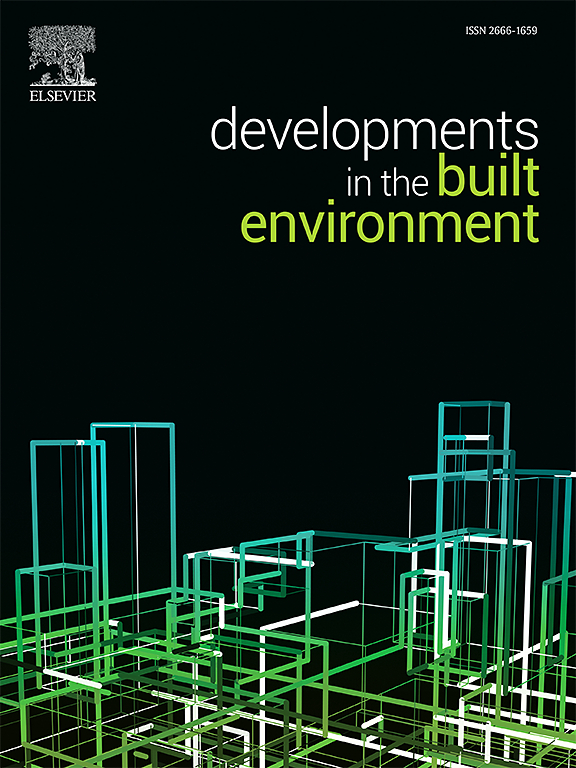Automatic method to predict visual pleasantness and unpleasantness of streetscapes and identify key microscale components for improving pedestrian environments
IF 6.2
2区 工程技术
Q1 CONSTRUCTION & BUILDING TECHNOLOGY
引用次数: 0
Abstract
Despite advances in computer vision-based streetscape evaluation, studies often overlook the influence of diverse microscale components and attributes like materials and combinations. This paper presents an automatic method to predict the visual quality of streetscape images from a pedestrian perspective, focusing on pleasantness and unpleasantness. Key components and combinations affecting this quality are identified. A dataset of 5000 streetscape images was developed, each labeled with 50 survey responses and component data. The image-based model outperformed previous approaches using both image and non-image inputs. The components contributing to pleasantness–unpleasantness were identified through Shapley-Additive-exPlanation analysis. Results showed that green space, traffic elements, pedestrian amenities, and street materials impact visual quality with varying combination effects. This study advances urban evaluation by developing an automatic method to predict streetscape quality and analyze microscale components. The findings contribute to practical urban improvements and facilitate more informed, effective decision-making in planning, design, and stakeholder engagement.
预测街道景观视觉愉悦性和不愉悦性的自动方法,并识别改善步行环境的关键微尺度组件
尽管基于计算机视觉的街景评价取得了进展,但研究往往忽略了各种微观成分和属性(如材料和组合)的影响。本文提出了一种从行人角度自动预测街景图像视觉质量的方法,重点关注令人愉快和不愉快的街景图像。确定影响该质量的关键成分和组合。开发了一个由5000张街景图像组成的数据集,每张图像都标有50个调查回复和组成数据。基于图像的模型优于之前使用图像和非图像输入的方法。通过Shapley-Additive-exPlanation分析,确定了影响愉快-不愉快的成分。结果表明,绿地、交通要素、步行设施和街道材料以不同的组合效应影响视觉质量。本研究通过开发一种自动预测街道景观质量和分析微尺度成分的方法来推进城市评价。研究结果有助于实际的城市改善,并有助于在规划、设计和利益相关者参与方面做出更明智、更有效的决策。
本文章由计算机程序翻译,如有差异,请以英文原文为准。
求助全文
约1分钟内获得全文
求助全文
来源期刊

Developments in the Built Environment
Multiple-
CiteScore
7.40
自引率
1.20%
发文量
31
审稿时长
22 days
期刊介绍:
Developments in the Built Environment (DIBE) is a recently established peer-reviewed gold open access journal, ensuring that all accepted articles are permanently and freely accessible. Focused on civil engineering and the built environment, DIBE publishes original papers and short communications. Encompassing topics such as construction materials and building sustainability, the journal adopts a holistic approach with the aim of benefiting the community.
 求助内容:
求助内容: 应助结果提醒方式:
应助结果提醒方式:


